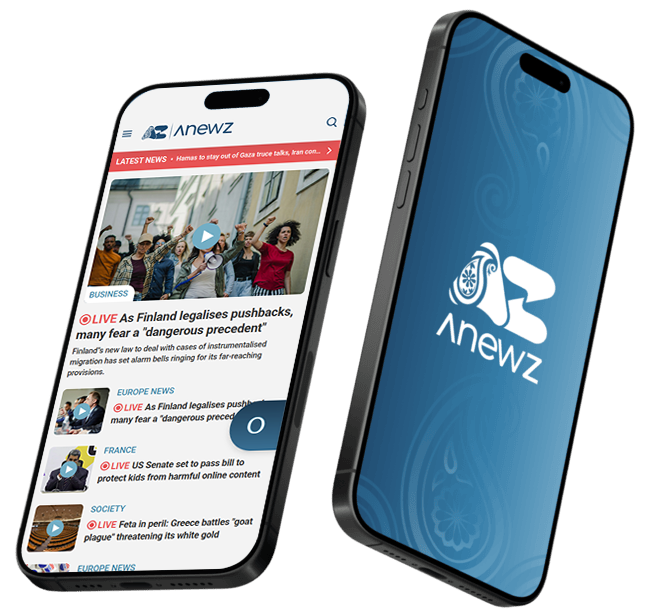Magnificent 7’ Lead Tech Sector with Soaring Q2 Earnings
The world’s seven largest technology companies – Microsoft, Apple, Alphabet, Amazon, Meta, Nvidia and Tesla – collectively reported a net profit...
U.S. shoppers spent a record $24.1 billion online between 8 and 11 July as 'Black Friday-in-summer' discounts sparked a 30 % year-on-year jump, according to Adobe Analytics.
Cut-price offers on everything from school uniforms to laptops pushed web sales far beyond Adobe’s own 28% growth forecast and easily eclipsed the $14.2 billion rung up over the same four-day spell in 2024.
Mobile phones accounted for 53.2% of transactions, the data group said, underscoring consumers’ shift to handheld shopping.
Amazon extended its flagship Prime promotion to 96 hours—double its usual window—while rivals Walmart, Target and Best Buy rolled out parallel events to lure bargain-hunters.
Overall online markdowns ranged from 11% to 24%; clothing led the pack with average reductions of 24%, four percentage points steeper than a year ago, while electronics held steady at 23%.
Retail analysts noted that the spending spree coincided with heightened trade uncertainty: President Donald Trump’s new 30 % tariffs on the European Union and Mexico, and an 1 August deadline for other partners to renegotiate terms, have unsettled import-reliant retailers. Even so, Adobe’s figures suggest consumers are seizing hefty price cuts to 'trade up' to higher-ticket goods before back-to-school demand peaks.
Online sales now account for about 15% of total U.S. retail turnover, according to Census Bureau data, showing a share that has doubled in a decade.
If July’s pace holds, Adobe estimates, e-commerce revenues could top $1.4 trillion for the full year—roughly the size of Spain’s GDP—despite tighter household budgets and rising interest rates.
Whether the July burst heralds sustained momentum will depend on autumn discount cycles and any retaliation against the latest U.S. tariffs, economists caution. Howver, but the early signal is clear - price-conscious consumers will still click 'buy' when deals are deep enough.
A powerful eruption at Japan’s Shinmoedake volcano sent an ash plume more than 3,000 metres high on Sunday morning, prompting safety warnings from authorities.
According to the German Research Centre for Geosciences (GFZ), a magnitude 5.7 earthquake struck the Oaxaca region of Mexico on Saturday.
The UK is gearing up for Exercise Pegasus 2025, its largest pandemic readiness test since COVID-19. Running from September to November, this full-scale simulation will challenge the country's response to a fast-moving respiratory outbreak.
A Polish Air Force pilot was killed on Thursday when an F-16 fighter jet crashed during a training flight ahead of the 2025 Radom International Air Show.
YouTube TV and Fox have reached a distribution agreement that will keep Fox News, Fox Sports and other Fox channels available to subscribers, the companies confirmed on Thursday.
The S&P 500 and Dow Jones Industrial Average closed at record highs on Thursday (28 August), after Nvidia’s quarterly report fell short of investors’ lofty expectations but confirmed that demand for artificial intelligence (AI) infrastructure remains strong.
Malaysia Prime Minister Anwar Ibrahim said he intends to convene a summit of the Regional Comprehensive Economic Partnership in October, local media reported on Wednesday.
The Organisation for Economic Co-operation and Development (OECD) reported on Tuesday that G20 countries’ international goods trade rose slightly in the second quarter of 2025, mainly because imports into the United States fell sharply after rising in the first quarter.
The S&P 500 closed lower on Monday (25 August) as investors turned their attention to Artificial Intelligence (AI) chipmaker Nvidia’s upcoming quarterly results, following Friday’s rally that saw the Dow Jones Industrial Average close at a record high.
You can download the AnewZ application from Play Store and the App Store.

What is your opinion on this topic?
Leave the first comment